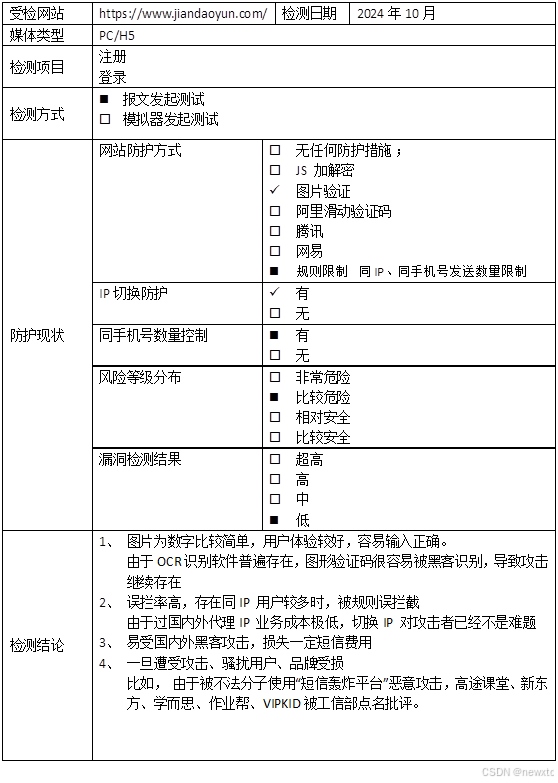目录
显存测试
显存占用示例
一个模型多卡占用
显存测试
import torch
# 计算张量的大小(例如:每个 float 占用 4 字节)
# 40GB = 40 * 1024 * 1024 * 1024 字节
# 每个 float 4 字节,因此需要的 float 数量为 (40 * 1024 * 1024 * 1024) / 4
num_elements = (40 * 1024 * 1024 * 1024) // 4
# 创建一个在 GPU 上的张量
tensor = torch.empty(num_elements, dtype=torch.float32, device='cuda')
print(tensor)显存占用示例
42G和62G显存
import time
import torch
# 设置张量的大小
num_elements = (10 * 1024 * 1024 * 1024) // 4 # 42GB 大小
# num_elements = (15 * 1024 * 1024 * 1024) // 4 # 62GB 大小
# 创建两个随机数张量,存放在 GPU 上
tensor_a = torch.rand(num_elements, dtype=torch.float32, device='cuda:3')
tensor_b = torch.rand(num_elements, dtype=torch.float32, device='cuda:3')
# 创建一个用于存储结果的张量
# result_tensor = torch.empty(num_elements, dtype=torch.float32, device='cuda')
index=0
while True:
result_tensor=tensor_a + tensor_b
# tensor_a + tensor_b
time.sleep(0.01)
index+=1
print(index)一个模型多卡占用
import time
import torch
import torch.nn as nn
# 设置张量的大小
num_elements = (6 * 1024 * 1024 * 1024) // 4 # 40GB 大小
# 确保有两个可用的 GPU
if torch.cuda.device_count() < 2:
raise RuntimeError("至少需要两块 GPU")
# 创建两个随机数张量,存放在 GPU 上
tensor_a = torch.rand(num_elements , dtype=torch.float32, device='cuda:0')
tensor_b = torch.rand(num_elements , dtype=torch.float32, device='cuda:0')
# 创建一个用于存储结果的张量
result_tensor = torch.empty(num_elements , dtype=torch.float32, device='cuda:1')
class AddModel(nn.Module):
def forward(self, tensor_a, tensor_b):
return tensor_a + tensor_b
# 实例化模型并使用 DataParallel
model = AddModel().cuda()
model = nn.DataParallel(model)
index=0
# 不断相加的循环
while True:
# 使用 DataParallel 进行加法
result_tensor = model(tensor_a, tensor_b)
# 将结果存储在第一个 GPU 上
result_tensor = result_tensor.to('cuda:1')
time.sleep(0.01)
index += 1
print(index)



















